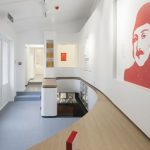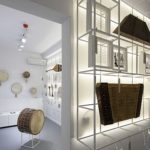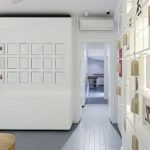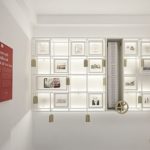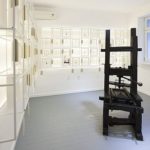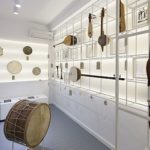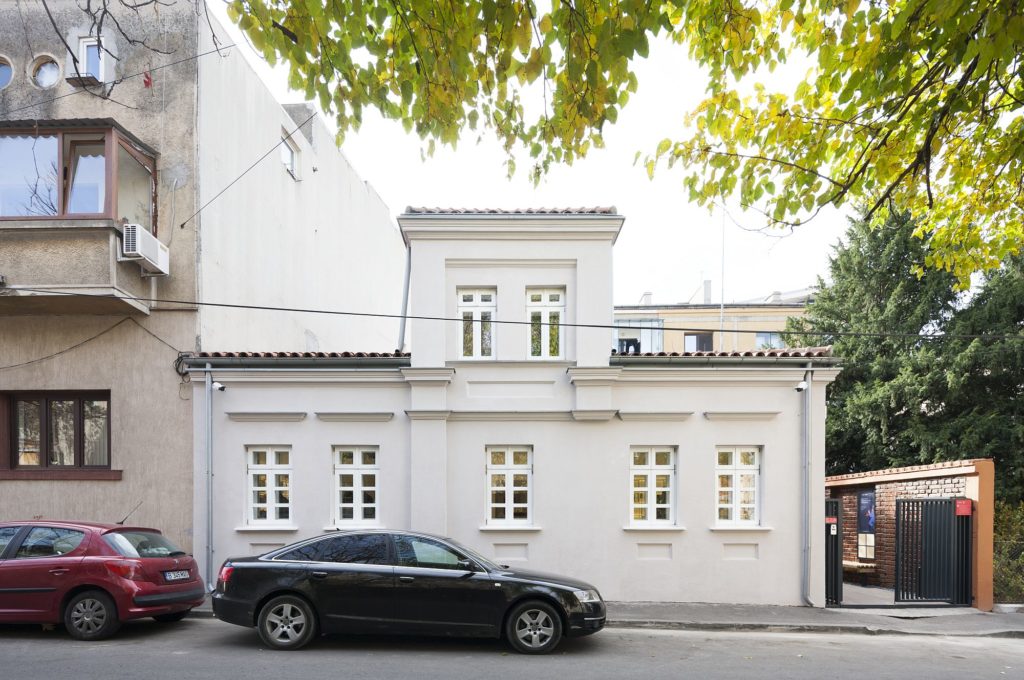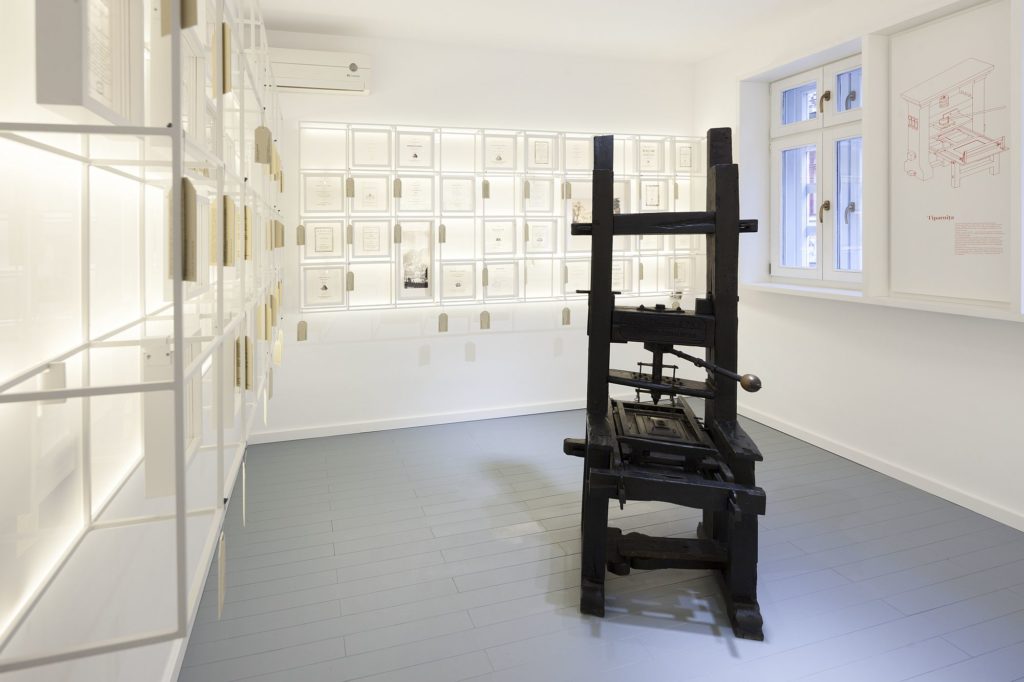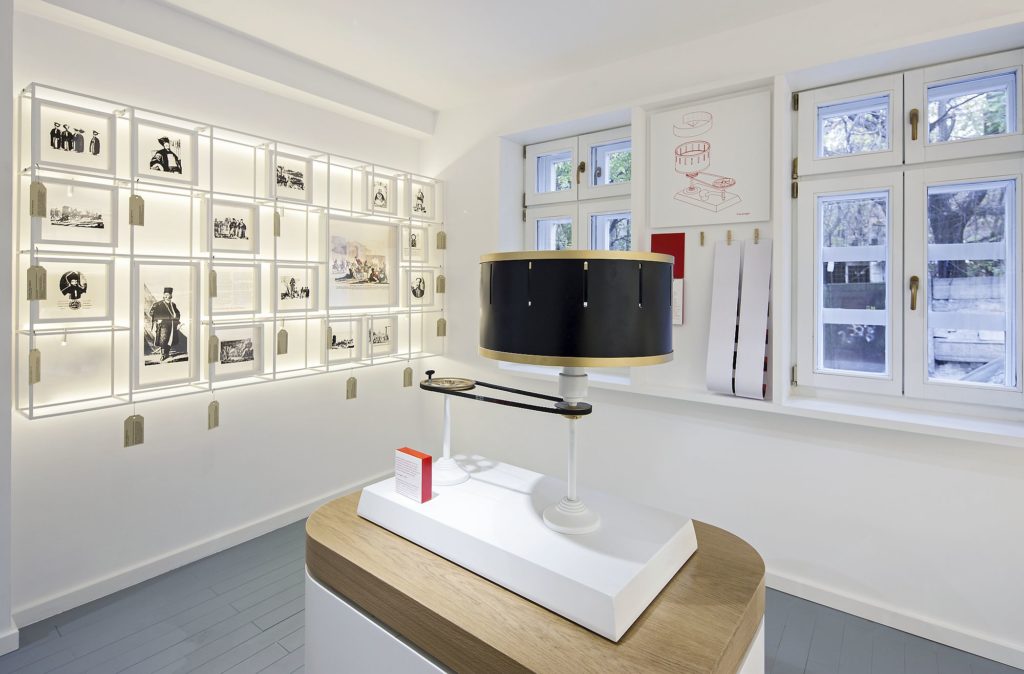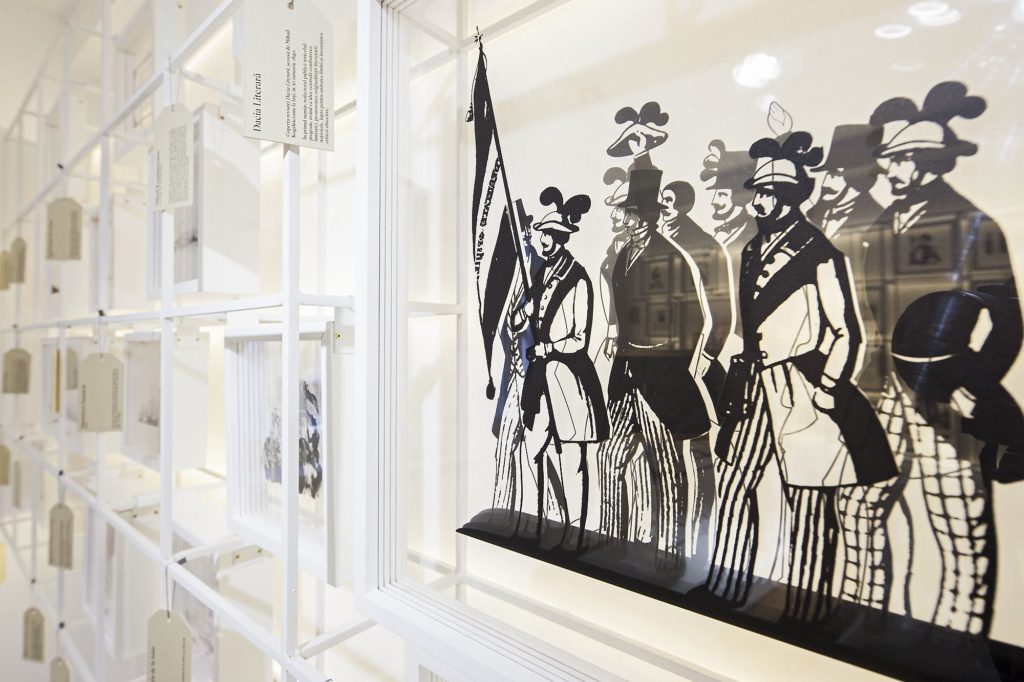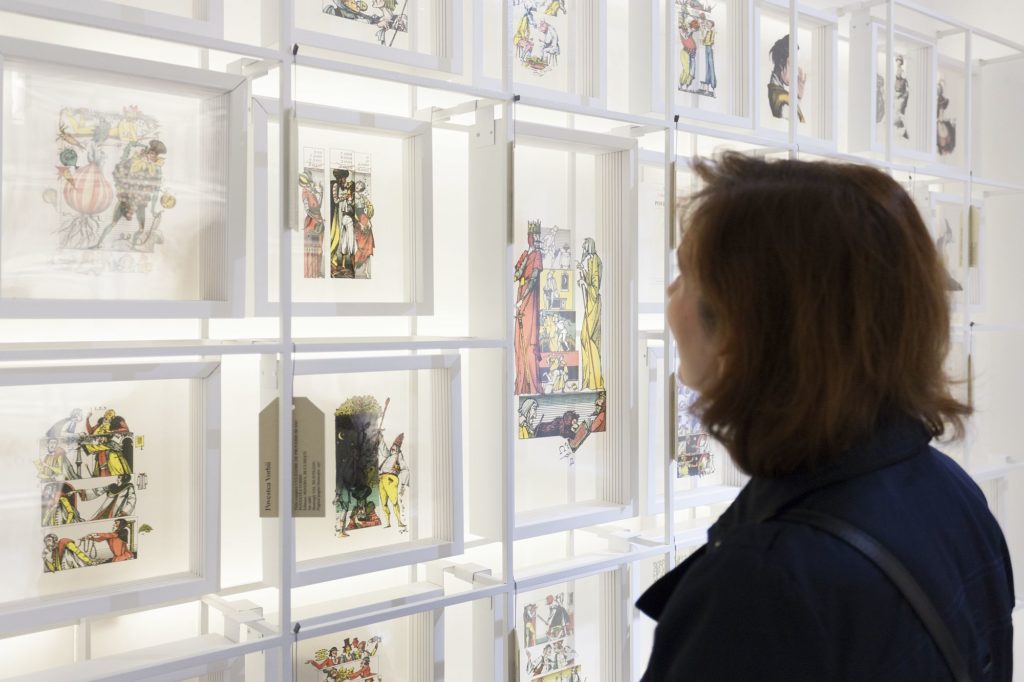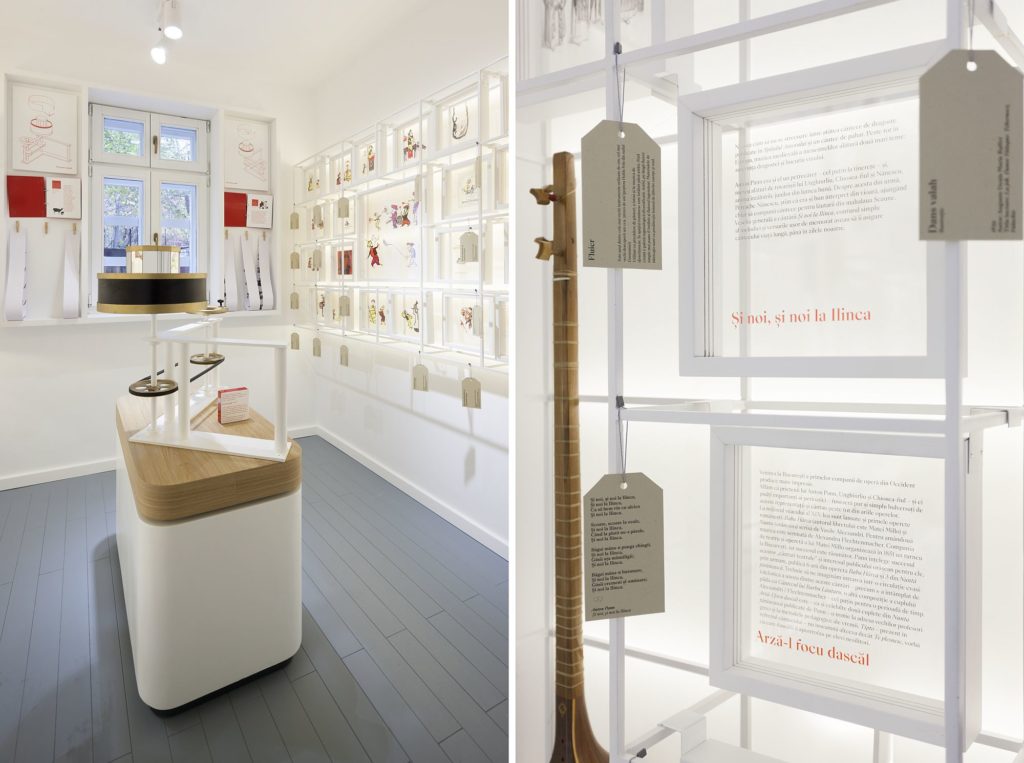Project: Zeppelin
Text: Constantin Goagea
Photo: Andrei Mărgulescu
Old Bucharest remains visible to this day in the irregularity of many streets and in the architectural typology of some houses. Next to the Stelian-Lucaci church, somewhere close to Calea Călărași, there lies one of those pieces of town where one can still find, in the path of streets and property limits, the 19th-century specific urban model: small houses, showing off plaster decorations, not aligned to the street, built on garden plots, whose green can be seen from the pavement, reminiscent of what used to be the old neighbrorhoods, namely a mixture of countryside and town.
Although the houses belonged to craftsmen and traders, with many taverns among them, gardens were used for domestic agriculture, yielding anything from vegetables, to fruit trees and vines. And, of course, down these streets one could hear the animals in the yards, not only dogs and chicken, but also donkeys, horses, and cows.
Anton Pann’s house in the Lucaci parish, that we are speaking of, on the street which now bears his name (it used to be Bull’s Street), is a small and simple house itself, modestly decorated, with an intimate courtyard; yet different from the neighbouring ones, as Anton Pann would move his printing shop here, a rather improvised one, but in which he managed to print his most important works.
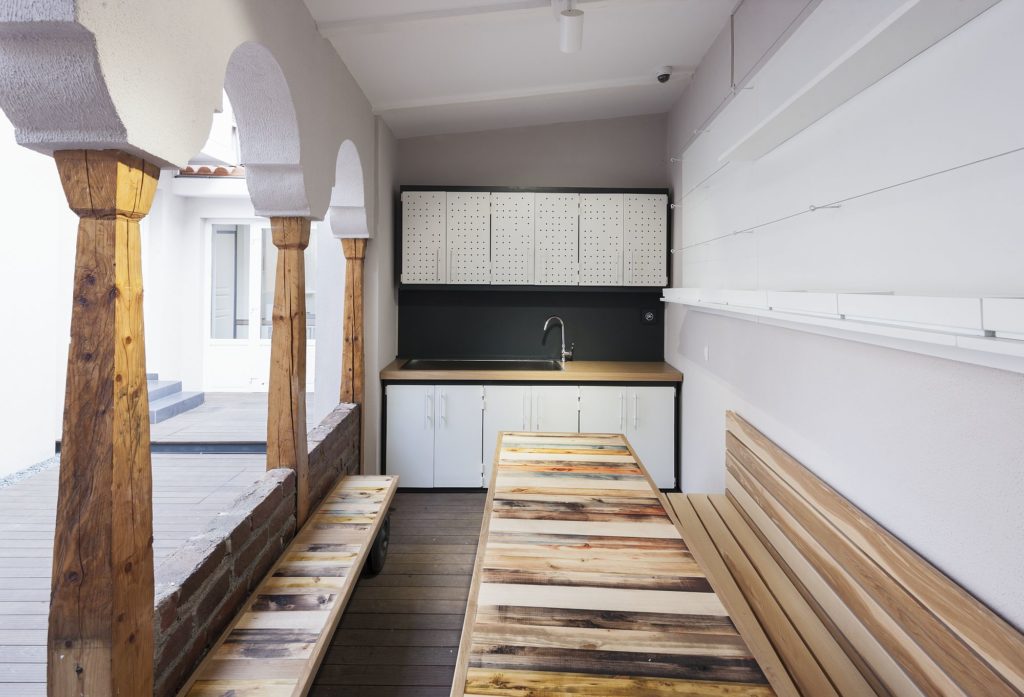 *The courtyard and the porch are ready for various activities: manual paper handcrafting, drawing or writing for adults and for children.
*The courtyard and the porch are ready for various activities: manual paper handcrafting, drawing or writing for adults and for children.
The small printing shop (were we to compare it to those belonging to better off writers of the age such as I. Heliade Rădulescu or the associates C. A. Rosetti and Enrich Vinterhalder) took up the ground floor and the courtyard. On the upper floor, having two small rooms, approximately 7 sqm each, Anton Pann had saved for himself a modest bedroom, which was rather the place where he would compose music at night and go out on the balcony to play the guitar.
He was quite a character in all of this borough landscape, given his talents and his work, so different from the rest of the others’ pursuits. He would often speak in verse, he would sing in the Lucaci church (as he sang in many others, truth be told), but also at parties, or he would wander the streets and gain friends in the pubs and sing together with his fellow drinkers. He must have made himself seen and known on these streets, as an interesting character, a friendly, voluble, intelligent man with a very special energy.
 *Biography and context: as Pann’s life is marked by some travels, his life story is also told as a drive on a cart. Moving the cart along the track, each panel rotates, depending on the year reached by the visitors, thus learning all the information related to the respective period
*Biography and context: as Pann’s life is marked by some travels, his life story is also told as a drive on a cart. Moving the cart along the track, each panel rotates, depending on the year reached by the visitors, thus learning all the information related to the respective period
His way of living, always thinking of verse, of writing, of the print, or of music, and the little interest and resources shown and invested by Pann in his personal comfort ultimately made the house not stand out through its decorations or architectural style. As a matter of fact, no personal objects, nor many material traces were left from him; yet we were left with a living and rich language, poetically and specifically articulated in thousands of verses and writings, many musical compositions.
 *Plan: 1. Typography. 2. Nastratin Hodja. 3.Biography. 4. Bucharest, 19th century. 5. Cultural context. 6. Music. 7. Info Point. 8. Workshop. 9. Guard.
*Plan: 1. Typography. 2. Nastratin Hodja. 3.Biography. 4. Bucharest, 19th century. 5. Cultural context. 6. Music. 7. Info Point. 8. Workshop. 9. Guard.
The house was rebuilt over the ages, and for a while it served as the seat of an institution. It came into the possession of the National Museum of Romanian Literature about a year and a half ago, and the Museum immediately started the project of a permanent exhibition, focused on the personality and creativity of Anton Pann.
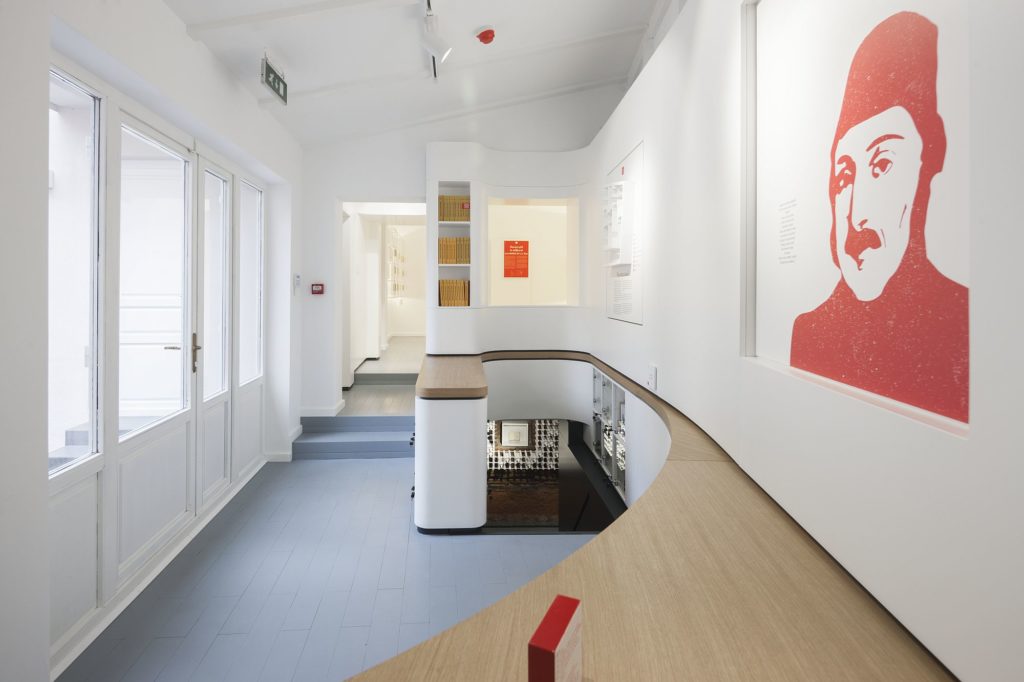 *Desk, info point, access to the ground floor exhibition, stairs to the basement
*Desk, info point, access to the ground floor exhibition, stairs to the basement
Truth be told, Pann is a special character in the Romanian cultural landscape: he is considered to be a point of reference of our poetic language, and had an influence on many other writers, but also on the religious or laic musical religious interpretation.
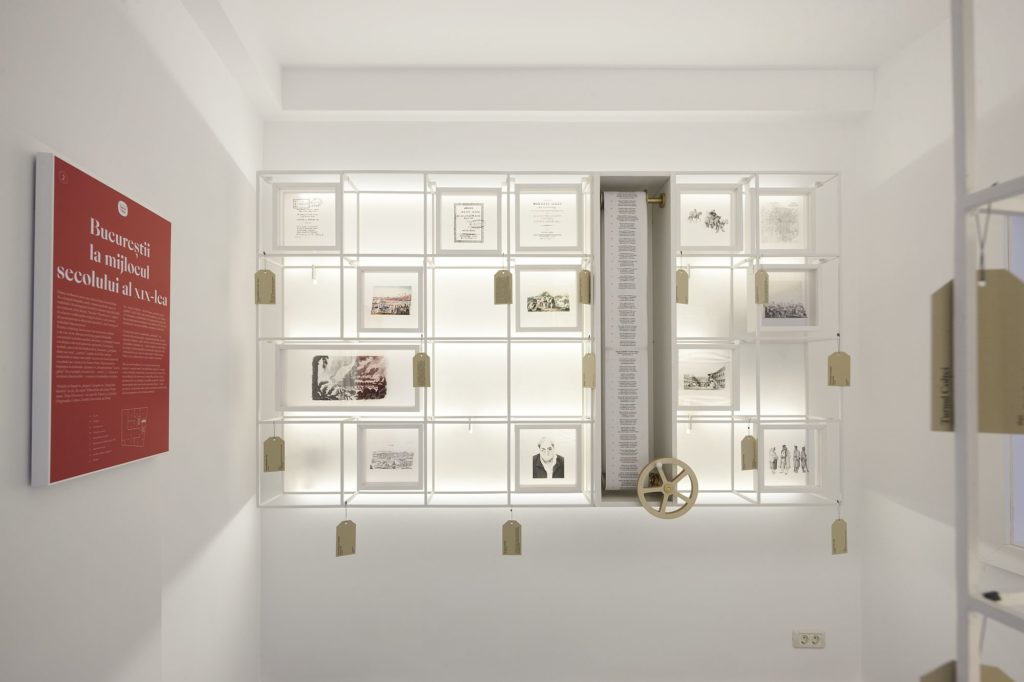 *19th century Bucharest – a great fire would sweep down half the city in 1847. Anton Pann writes one of the longest poems on this dramatic event. The installation, resembling a fireman’s hose reel, allows the reading of the 81 stanzas
*19th century Bucharest – a great fire would sweep down half the city in 1847. Anton Pann writes one of the longest poems on this dramatic event. The installation, resembling a fireman’s hose reel, allows the reading of the 81 stanzas
The exhibition was set up by a group of researchers, museographers, literature historians, musicians, and musicologists, a complex curatorial collective. The museum’s discourse is mainly focused on exploring and experiencing the expressivity of Pann’s work.
 *The music hall contains 23 instruments, specific for the mid-19th century. The sound of instruments with exotic names, such as the santour, the oud, the kanun, the kemence and others, can be individually listened to via headphones. Anton Pann’s compositions, both the religious coral ones, and the voice and instrumental worldly ones, were performed following an extended musical research, and can be also listened in the same room, by selecting them from the 3 interactive playlists
*The music hall contains 23 instruments, specific for the mid-19th century. The sound of instruments with exotic names, such as the santour, the oud, the kanun, the kemence and others, can be individually listened to via headphones. Anton Pann’s compositions, both the religious coral ones, and the voice and instrumental worldly ones, were performed following an extended musical research, and can be also listened in the same room, by selecting them from the 3 interactive playlists
Each room on the ground floor has a main theme: the biography and the literary and political context, mid-19th century Bucharest, the relationship with the art of music, his activity as an editor and printer; there is also a space for the book illustrations inspired by his writings.
The cellar remains his meeting place with the few books Anton Pann dedicated to the topic of alcohol.
 *In the basement, in the wine cellar, there is a collection of bottles on whose labels we discover verses from the books dedicated to the many types of comforts and discomforts due to the influences of Bacchus.
*In the basement, in the wine cellar, there is a collection of bottles on whose labels we discover verses from the books dedicated to the many types of comforts and discomforts due to the influences of Bacchus.
The image resources, like the found artefacts, had very different qualities, some very good, other rather modest. The use of a reticulated system – a scaffolding with squares and rectangles – came as a solution whereby all the musical instruments, images, music sheets and replicas exposed should be brought to the same degree of importance, expressivity, and clarity.
Moreover, the exhibited images – photographs, illustrations, or copies of texts – were analytically decomposed, becoming, in turn, 3D objects. Being printed on several transparent layers, each image was given a certain depth, which better reveals the feeling of times past, animating the frames.
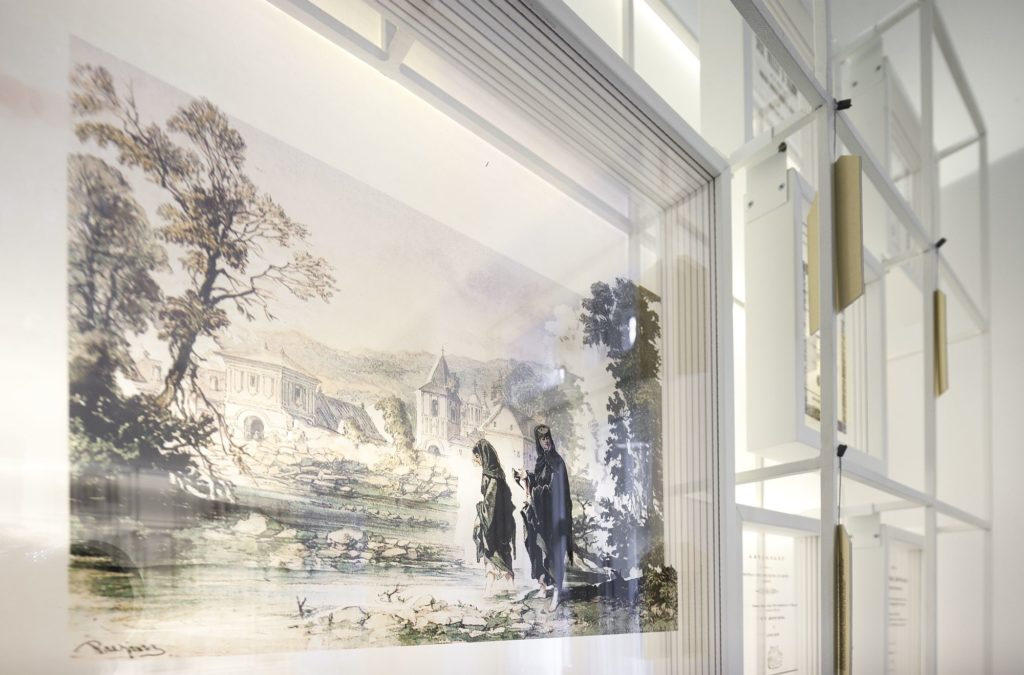 *Watercolour by Preziosi, decomposed analytically and recomposed as a 3D object.
*Watercolour by Preziosi, decomposed analytically and recomposed as a 3D object.
Our dearest wish was to bring the visitors closer to the showcased texts, to make them enter the writer’s world. From the animation-creating installations (the zoetrope and the praxinoscope) to the cart crossing Pann’s biography, to the bottles that need taking out of their rack to read the label, or to the gear that needs rotating to read a really long poem, the design makes reading face new situations and speculates on the visitors’ curiosity, encouraging them to enter a downright physical relationship with the text.
As Anton Pann was also a remarkable musician, the section of old instruments and music has a special place in the museum. The instruments, which can be very closely investigated, mostly appear as exotic to contemporary eyes. Here, again, we have attempted to stimulate the visitors’ involvement, as they need to turn over labels to read about the historic musical context and the range of their use, or to use the headphones to listen to the sound of each instrument.
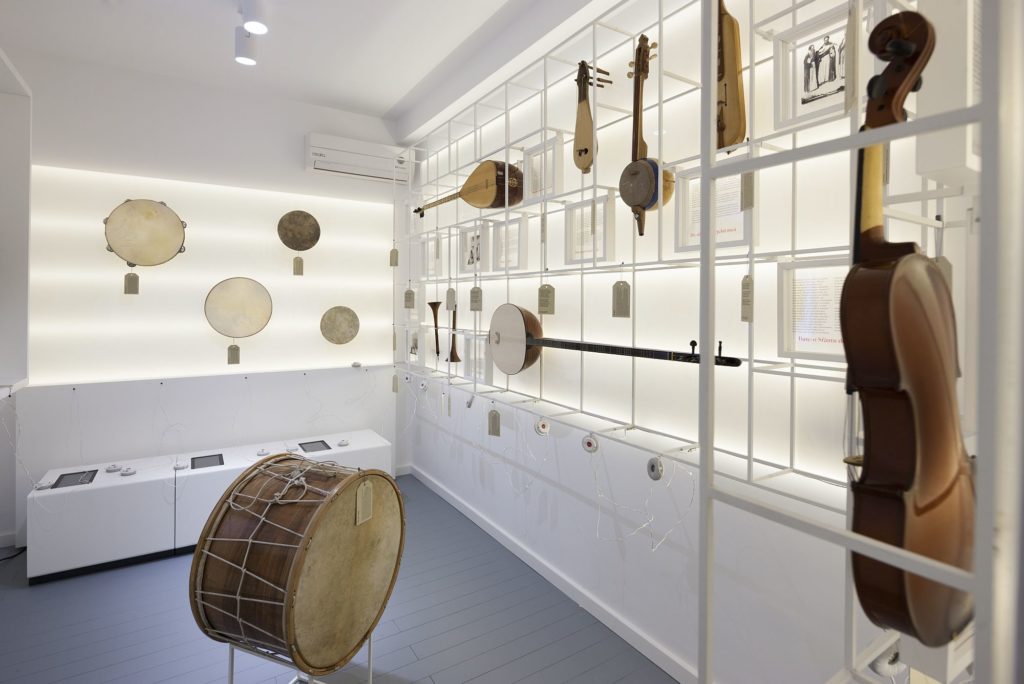 *The music hall contains 23 instruments, specific for the mid-19th century. The sound of instruments with exotic names, such as the santour, the oud, the kanun, the kemence and others, can be individually listened to via headphones. Anton Pann’s compositions, both the religious coral ones, and the voice and instrumental worldly ones, were performed following an extended musical research, and can be also listened in the same room, by selecting them from the 3 interactive playlists
*The music hall contains 23 instruments, specific for the mid-19th century. The sound of instruments with exotic names, such as the santour, the oud, the kanun, the kemence and others, can be individually listened to via headphones. Anton Pann’s compositions, both the religious coral ones, and the voice and instrumental worldly ones, were performed following an extended musical research, and can be also listened in the same room, by selecting them from the 3 interactive playlists
Given the fact that this is a museum dedicated to the art of writing, to language, and to music, the exhibition’s goal is to transform into a complex experience. The design strategies encourage the visitors to approach Pann’s poems, humour, and wit, from a new perspective and with the same playful openness and disposition sported by our author when going out down Bull’s street, greeting his neighbours.
Info & credits
Team: Ioan Cristescu, Manager of the National Museum of Romanian Literature, Andreea Draghicescu, Manager of memorial homes, of the National Museum of Romanian Literature
Authors of curatorial concept, exhibition design and interaction, general coordination: Constantin Goagea, Justin Baroncea, Anastasia David, Alexandru Condrea
Documentation, selection and processing of images and texts, drawing, production follow‑up: Cristina Ginara, Ioana Naniş, Alexandru Ivanof, Sonia Lascu, Mihaela Butoi, Sabina Nechita, Ioana Truşcă, Emanuel Birtea, Rareş Nedelcu, Adina Lupu
Documentation and exhibition texts: Nicolae Mecu—The Ion Vianu Institute for Linguistic Research, scientific consultant, Gabriela Dumitrescu (scientific consultant at the Romanian Academy)
Musical research and production, curatorship for the collection of 19th century‑specific instruments: Constantin Răileanu (musicologist,scientific consultant, president of the Anton Pann Association for Culture and Tradition)
Research and curatorship, musical production for anton pann’s laic compositions: Florin Iordan (founding member of the Trei Parale project—scientific consultant, ethnomusicologist at the la National Museum of the Romanian Peasant)
Illustrations and animations for the zoetrope and the praxinoscope: Alexandru Voicu
Graphic design: Radu Manelici
Construction: Urban Paint



